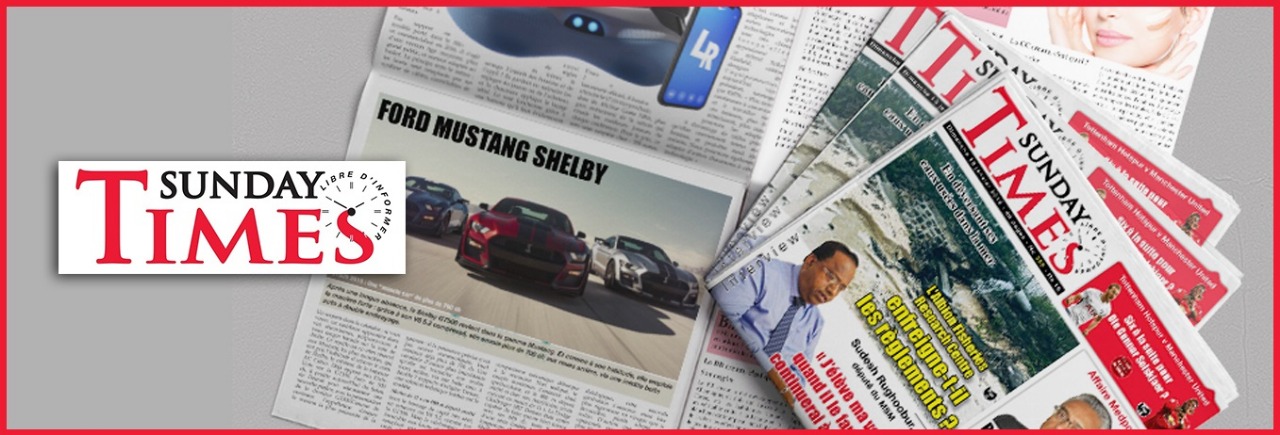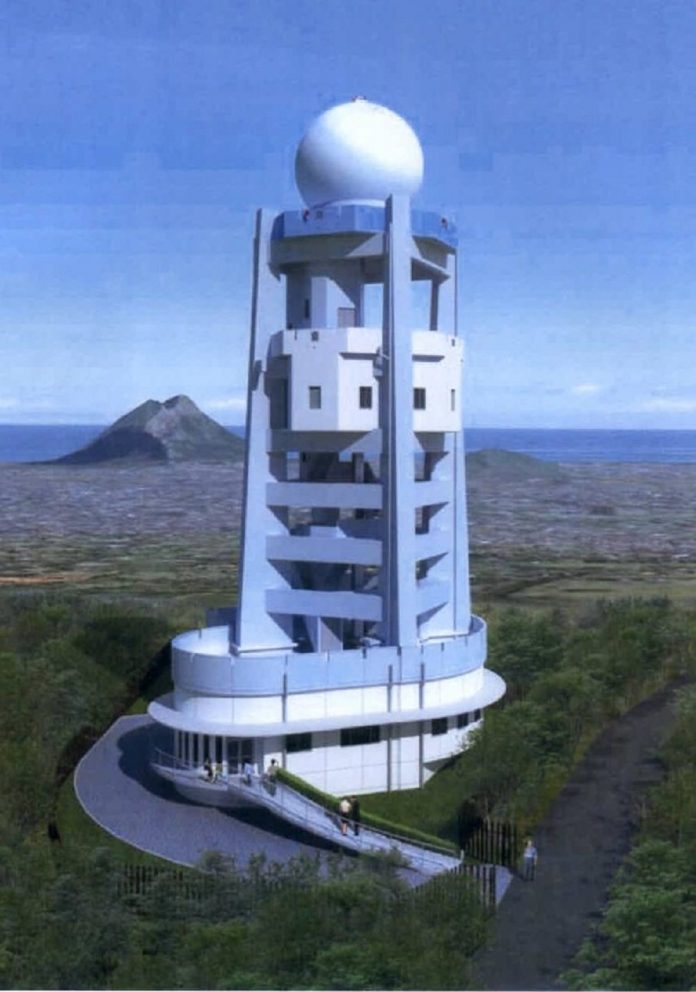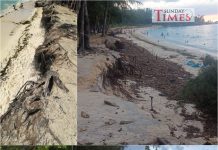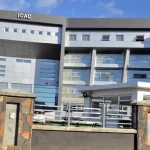Le Premier ministre continue sur sa lancée et a une nouvelle fois affirmé à Barlow, lors de la célébration de Guddi Padwa organisée par l’Arya Sabha Mauritius, que c’est sous un gouvernement MSM que le projet de la construction d’un radar à Trou aux Cerfs a débuté. «Sa prozé la ti bizin ine fini fer depi 10 ans », dit-il. «Sa radar la ti cassé en 2002, kan Sir Anerood ti Premier ministre après cyclone Dina. Sir Anerood toute suite entreprendre bane démarches et trouver pas capave réparer. Le 13 avril 2003, PMO écrire directeur Météo pou gagne explication lor ki bizin faire », se souvient alors Pravind Jugnauth. « 2005 à 2009 pane fer nanié ek prozé radar, ine bizin attane 2013 pou gagne plisir la mort dan Port-Louis, lerla kine bouzé. Heureusement lepep change gouvernement ek en juillet 2015 ki gouvernement MSM signe agreement ek Japon », affirme Pravind Jugnauth.
Cependant, Pravind Jugnauth semble avoir la mémoire courte. En avril 2013, alors membre de l’opposition, il avait posé une question au Parlement, au Premier ministre d’alors, Navin Ramgoolam sur la question de Radar à Trou-aux-Cerfs. Les paroles s’envolent et les écrits restent, c’est ainsi que l’on se rappelle de la réponse de Navin Ramgoolam qui avait dit qu’un nouveau système de radar, soit un S-Band Doppler, au coût de Rs 500 millions, serait opérationnel à Maurice en 2015. Navin Ramgoolam avait aussi précisé que ce projet allait se réaliser avec une aide financière du Japon.
Le projet stoppé par Bérenger et non le gouvernement PTr
On se réfère ainsi à la réponse de Navin Ramgoolam du mardi 23 avril 2013. Le Premier ministre d’alors reconnait bien que des démarches ont été entreprises en 2003. « In February 2003, the then Director of the Mauritius Meteorological Services informed the Prime Minister’s Office that, following consultation with the Japan Weather Association, the latter had indicated that a soft loan might be made available by the Government of Japan for financing the procurement of a new weather radar system », devait-il dire. Navin Ramgoolam allait aussi ajouter, «in March 2003, the Prime Minister’s Office sought the views of the Ministry of Finance (Ndlr, Paul Bérenger) on the proposal for the acquisition of a new radar through a soft loan from the Government of Japan […] in its reply, the Ministry of Finance and Economic Development expressed the view that, and I quote – “The acquisition of the weather radar system should be made through a proper tendering exercise, in respect of the equipment itself as well as the financing, to ensure that value for money is obtained”. In view of the reply made by the Ministry of Finance, the matter was not pursued any further with the Japanese authorities ».
Le projet relancé en 2009 sous…Ramgoolam
La cause est entendue. En relisant les débats du 23 avril 2013, l’on finit par comprendre que c’est le gouvernement PTr en 2009 qui relancera les discussions avec le Japon. « In July 2009, the Mauritius Meteorological Services submitted a formal application to the Japan International Cooperation Agency for financing both a feasibility study and subsequently the procurement of a new radar. The request was positively considered by the Japanese authorities and in September 2009, a team of experts visited the Mauritius Meteorological Services for further discussions regarding the feasibility of the project », disait Navin Ramgoolam au Parlement. « The cost of the radar, Mr Speaker, Sir, and its installation is nearly Rs500 m. and I am thankful to the Government of Japan to have given us a grant under the Japanese International Cooperation Agency Programme. Mr Speaker, Sir, according to the work programme established by the Japanese authorities, the new meteorological radar system would be operational by 2015 », poursuivait le Premier ministre d’alors. L’accord fut signé lors de la visite de Shinzo Abe à Maurice en…2013 !
Marwan Dawood




![[Conditions de travail et de vie des ouvriers étrangers] Faizal Ally Beegun : « Il est grand temps que le gouvernement assume ses responsabilités »](https://sundaytimesmauritius.com/wp-content/uploads/2024/01/download-1-1-218x150.jpg)




![[Réenregistrement des cartes SIM] Ivor Tan Yan : « On espère obtenir une décision favorable avant la date butoir »](https://sundaytimesmauritius.com/wp-content/uploads/2024/02/426000210_814016747430076_3174096064145474934_n-150x150.jpg)

![[EDITO] Une question de crédibilité](https://sundaytimesmauritius.com/wp-content/uploads/2023/10/Zahirah-Radha-150x150.jpeg)

![[Réenregistrement des cartes SIM] Ivor Tan Yan : « On espère obtenir une décision favorable avant la date butoir »](https://sundaytimesmauritius.com/wp-content/uploads/2024/02/426000210_814016747430076_3174096064145474934_n-100x70.jpg)

![[EDITO] Une question de crédibilité](https://sundaytimesmauritius.com/wp-content/uploads/2023/10/Zahirah-Radha-100x70.jpeg)